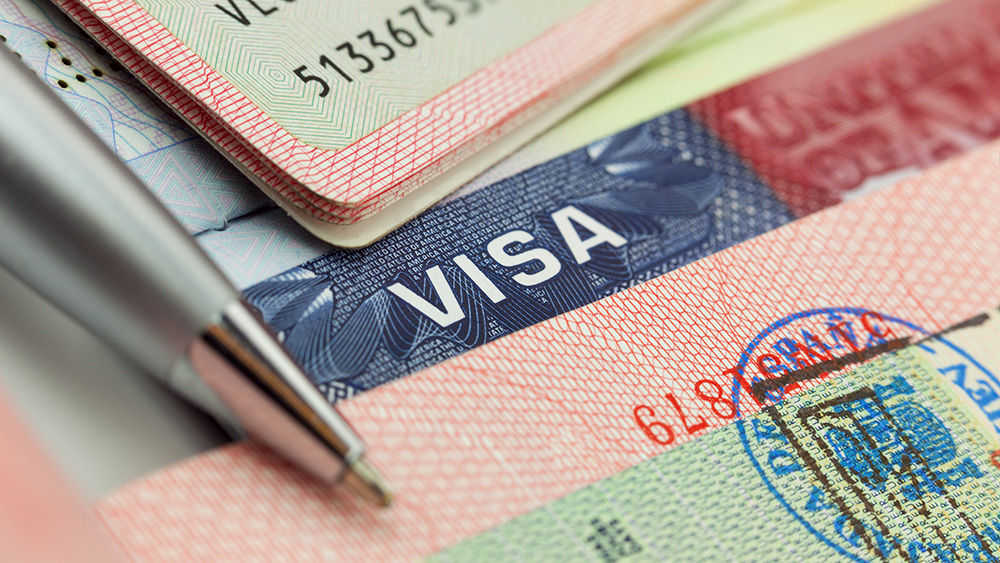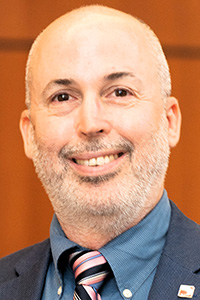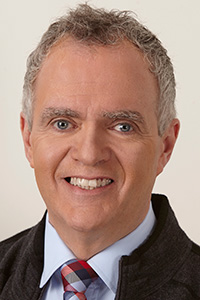
The U.S. Travel Association estimates that visa processing delays have cost the U.S. nearly 7 million potential visitors and $12 billion in projected spending in 2023.
Over the summer, U.S. Senators Amy Klobuchar and Jerry Moran introduced the Visa Processing Improvement Act, a wide-reaching bipartisan bill that aims to address visa processing delays that have left some international visitors waiting hundreds of days to enter the country.
The legislation could provide much-needed relief for an ongoing problem that has cost the U.S. events industry many would-be international attendees, buyers, and exhibitors. The U.S. Travel Association estimates that these delays, primarily affecting visitors from countries including Mexico, Brazil, and India, have cost the U.S. nearly 7 million potential visitors and $12 billion in projected spending in 2023. The Visa Processing Improvement Act proposes to improve visa processing times for nationals of countries not included in the Visa Waiver Program through measures such as increasing consular office flexibility and capacity; improving transparency and accountability, revising in-person interview waiver eligibility; and improving the overall service experience. In the House of Representatives, Reps. María Elvira Salazar and Susie Lee also reintroduced the bipartisan Visitor Visa Wait Time Reduction Act, first introduced in October 2022, which requires the State Department to outline specific solutions to decrease visa visitor appointment times exceeding 100 days.

Tommy Goodwin
“The big-picture, 30,000-foot story is that Washington, D.C., is paying attention and really starting to lean in on wanting to see the problem solved,” Tommy Goodwin, vice president for the Exhibitions and Conferences Alliance (ECA), told Convene. “I think the policymakers have wanted to give the State Department as much leeway to figure out this problem as possible. And I think we’re moving to the next phase of that politically, in terms of their engagement.”
According to the ECA, which has continued to track visa wait times, Brazil has seen a slight improvement. It’s a great start, but it also raises some questions for Goodwin, particularly when it comes to destinations like Mexico, where wait times have continued to increase, and China, which, after only reopening for international travel in January, is already experiencing months-long visa processing times.
“Are there new strategies and tactics that have been put into place? Are there new programs that people have put forward? Are [consulates and embassies] staying open seven days instead of five days [a week]? What is happening in the areas where something is [improving], and how do we essentially not keep that a secret? How do we elevate that and make sure that that’s the standard?” Goodwin said.
Having “little pockets of excellence” in various destinations isn’t enough to improve the overall problem, he said. “You’ve got to have the best practices being utilized everywhere. And if that requires legislation, okay. If it requires more funding, okay. If the State Department can do it on their own, okay.” At a House Foreign Affairs Committee Oversight & Accountability Subcommittee hearing in June, Rena Bitter, assistant secretary of state for Consular Affairs, expressed a goal of getting most — if not all — destinations down to a visa processing time of 120 days or less by the end of 2023.

The Visa Processing Improvement Act proposes to improve visa processing times for nationals of countries not included in the Visa Waiver Program.
Ongoing Challenges
While Washington, D.C., works to reduce visa processing times, event organizers have been left to navigate the issue themselves. Yariv Gal-Yam, director of client accounts at Kenes Group, has experienced firsthand how these delays can depress attendance numbers. For an international D.C.-based event he organized earlier this year, potential participants from destinations like India, Pakistan, and parts of Africa received visa inter- view dates that would take place after the conference concluded.

Yariv Gal-Yam
“They applied six or eight months before the conference,” he said, “and the interview dates they got were 10 or 12 months after. So potentially, we missed participants from countries where the U.S. requires visa interviews.” Gal-Yam explained that the U.S. has a system where event organizers can submit their conference details to the State Department, so when potential attendees apply for a visa, they can name the conference and help expedite their visa interview date, but “it didn’t help much.”
“We did everything we could — and the convention bureau did as well — to facilitate those requests. But in lower-resource countries, they face a challenge. If they get their travel [funded], they won’t be able to attend a conference because of visa issues,” Gal-Yam said. “It’s a potential loss of revenue. And it’s a potential loss of sharing the knowledge and experience of speakers.”
Vincent “Vinnie” Polito, CEO of the Society of Independent Show Organizers (SISO) and co-president of ECA, told Convene about similar issues he’s witnessed. “The most painful impact has been when companies have planned on exhibiting or planned on attending, and then they can’t get their visas through and are unable to participate in the event,” Polito said. “It would be hard to quantify it in dollars across the size of my membership, but it is a problem.”
When it comes to site selection for future events, Gal-Yam is adding visa processing times to his checklist. “We are all aware that there is a backlog on everything post-pandemic, including visa applications,” he said. “What I’ve asked from our procurement team who does all the research on destinations is that each destination will answer a set of questions about visas, nationals who need visas, the process time, etc.”
LEARN MORE about visa appointment wait times on the U.S. Department of State’s website.
Noting that this will be a tool to help evaluate how inclusive destinations are to participants from other countries, Gal-Yam added, “For my clients, this has always been top of mind, and even more so now — making a meeting inclusive by allowing participants from all parts of the world to attend, network, and travel to the destination.” Polito expressed concern that the ongoing and widely discussed nature of excessive visa wait times could result in U.S.-based conference participation losses long term.
“We are potentially having companies not come to the U.S. for events and choosing to go to other countries that might have similar events,” Polito said, a particular pain point for organizers who find their exhibitors are taking their business to other conventions. “We may lose some business permanently, because companies are opting not to come because of the [restrictions] imposed here.”
Finding Mitigation Strategies
Gal-Yam and Polito have both found some workarounds to encourage international attendees to participate in U.S.-based events. According to Polito, for the past few months, SISO has been advising companies holding events within the next year to “aggressively pursue” getting international exhibitors, especially from destinations like Mexico and India, to apply for their visas immediately.

Vincent Polito
Polito also is advocating to go “old school” by writing visa invitation letters. “Years ago,” he said, “everybody had a very clear visa invite letter for people attending, and we are advocating that companies now prepare those letters again and have them at the ready when somebody requests a visa to attend an event,” Polito said. Visa invitation letters can help embassies and consulates better understand a visitor’s purpose for entering the country, and “we have been told that has been quite helpful in the process for people to attend events in the U.S.,” Polito said.
Gal-Yam believes that more involvement from host destination convention and visitors bureaus also could be helpful in making the process easier for organizers and attendees “so that when we bring an international conference, then they would be able to help with visa challenges.”
The option to participate in events digitally remains on the table as event organizers try to help international visitors unable to get timely visa interview appointments. “One of the reasons that we keep the hybrid option is to allow participants to attend a conference, even if they don’t get the visa,” Gal-Yam said. But he noted that multi-day hybrid conferences can be challenging, both for the event organizers and the online attendees.
“The biggest importance nowadays for participants attending in-person conferences,” Gal-Yam said, “is the networking and meeting people from all over the world.”
Casey Gale is managing editor Convene.
